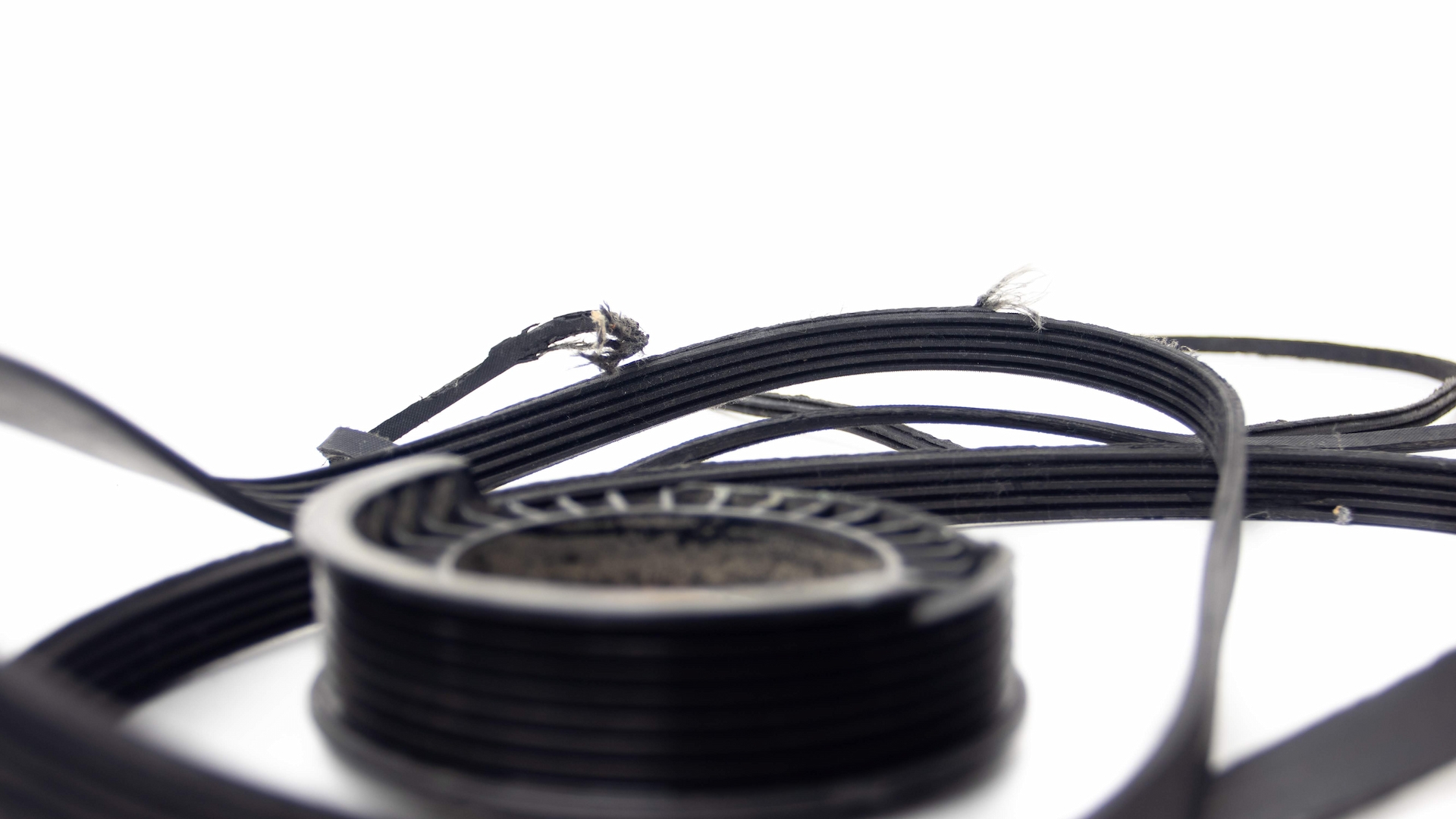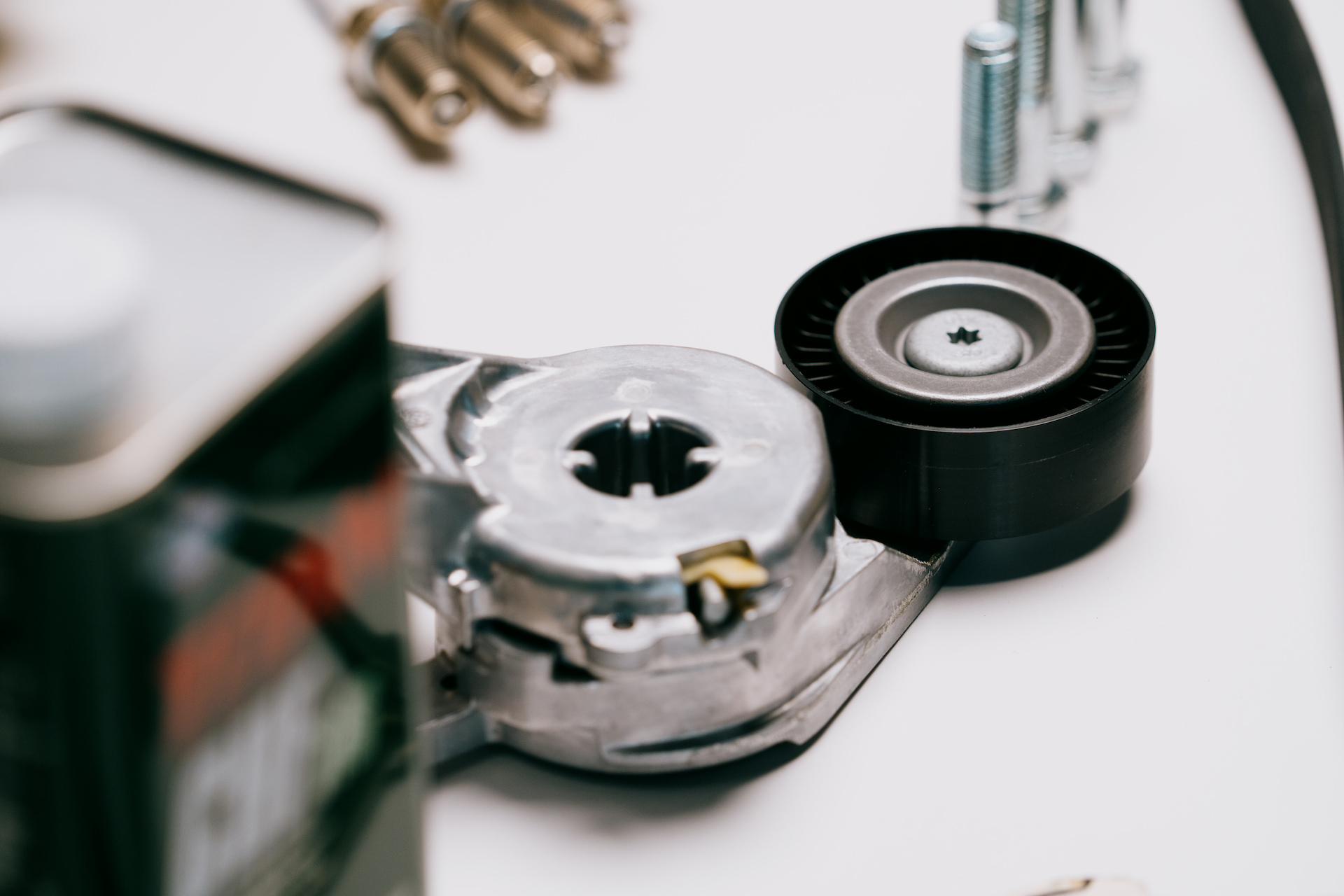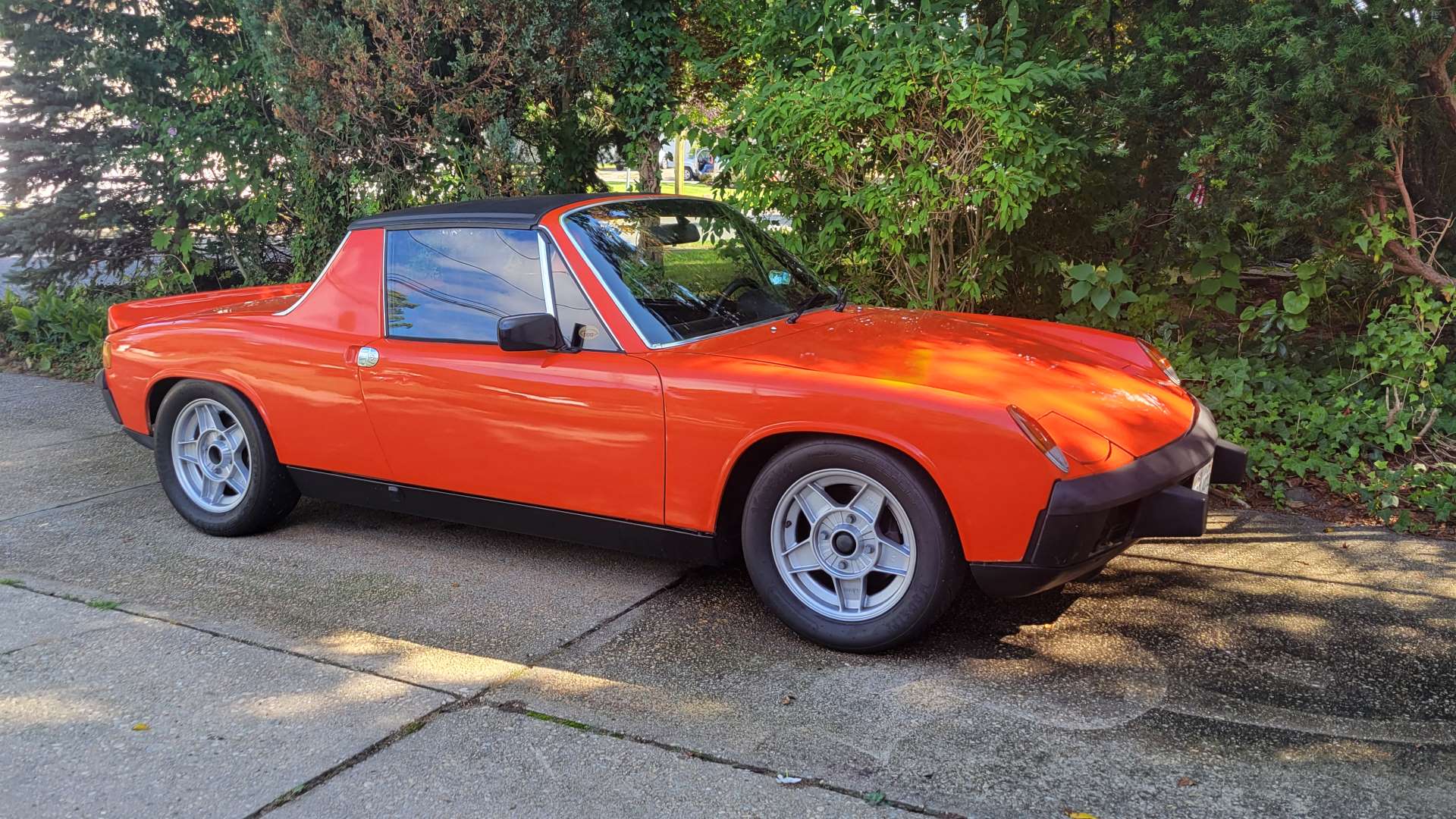- 10/25/2024
- 3 Min Read
- By: Christian Schaefer
Accessory Belt Kits Are The Easiest Way To Care For Your Tensioners, Pulleys, & Belts
Engine accessory belts are a great example of “if it isn’t broken, don’t fix it.” With just a few hundred millimeters of rubber-coated cord, engineers can drive a handful of accessories that provide any vehicle with several of its most necessary functions. Its cost-to-effectiveness ratio might be the highest in the engine bay. Yet, owners often overlook the belt and its associated rollers in favor of ignition and fluid-related servicing. That’s not the best way to maintain your engine, and here’s why.
What is the Accessory Belt System?
Although the engine is mainly responsible for powering a given vehicle, a handful of other parts work alongside it to support its function. The parts, called ancillaries or accessories, typically include the water pump, power steering pump, A/C compressor, and alternator. These accessories mount around or to the front of the engine and utilize pulleys driven by the crankshaft via the accessory drive belt.
While it drives the engine accessories, the accessory belt system doesn’t include them. Instead, it comprises the belt, idler pulleys, and the tensioner. At its most basic, a drive belt is a length of tensile cords wrapped in an oil-resistant rubber, such as neoprene or other artificial rubbers. The cord strengthens the belt, providing the tension that transfers load and prevents any sagging between the pulleys—the latter will give you an uneven load distribution to your accessories and may cause early belt failure. On one side, molded ribs sit in the grooves of the accessory pulleys. The other is a relatively smooth or, occasionally, lightly textured surface that rides on the tensioner and idler pulleys.
The idler pulleys and tensioner are just as important as the belt. They’re in place to ensure the belt has enough tension to grip and drive the pulleys without slipping or falling off. The pulleys, often called rollers in this system, are as simple as they come in terms of rotating parts but can frequently be the downfall of a neglected accessory belt system.
Is This A Timing Belt?
No, but their design is very similar!
Timing belts drive the camshafts, allowing the valves to open and close without hitting the pistons. Similarly, they’re made of the same materials and use a belt tensioner and idler rollers. Instead of groves, timing belts are typically toothed belts to match the cogged camshaft pulleys. It’s a good system until it isn’t, as lapsed maintenance is the most common culprit of a broken belt. However, the penalty for a snapped timing belt is often much more severe than for a seized accessory pulley or frayed belt.
A snapped timing belt means piston and valve contact on interference engines, requiring engine disassembly for repair. For owners of the 40v Audi 4.2L V8 (sorry to make you an example!), missing the roughly 75,000-mile timing belt interval is all but assured damage. That said, intervals and failure rates depend on the manufacturer and specific engine model. If you are unsure about your engine's last service, be sure to research your engine and timing belt habits.
How Long Is My Accessory Belt Supposed To Last?
Do you know the last time your accessory belt system was serviced?
Every component within the accessory drive belt system has a service interval range. Operating conditions determine wear, so there isn’t a hard mileage for the belts and pulleys. Generalizing for the European makes we carry, you should expect to change your accessory belt every 60,000-100,000 miles, with regular inspections of belt health during other maintenance inspections. Determining pulley health can be a little more challenging, but that’s only because you’d need to remove the belt. They should last as long as a belt and be replaced with the belt as a complete system.
How To Identify A Bad Engine Belt
Regularly checking your belt's health can warn you of a failing belt, as all the signs of a bad belt are easily visually identifiable. Here’s what you need to look out for.
Symptoms Of A Deteriorating Belt
Cracking
Glazing
Stretching
Squealing Noise On Startup
Tears
Splits
Oil Soaked (If oil soaked, find the source of the leak and repair it at the time of belt replacement)

A failed belt, at best, leaves you without a charging system and air conditioning. But without the electricity required to run the car, the few extra minutes of electric power steering and water pump power won't matter much. If the water pump is mechanical, losing the belt immediately puts you at risk of overheating the engine, and while not as dire, losing the power steering can make turning much more arduous.
How To Identify A Bad Accessory Belt Tensioner
Pulleys can be tough and outlast a belt, so you also need to know how they present their failures.
Truly one of the simplest parts you’ll bolt onto your car, the idler and tensioner pulleys have only a bearing to worry about. As with any sealed bearing, you want to listen to the bearing as it’s spinning to judge its health. A healthy bearing should be silent while spinning, as all its ball bearings are intact. A heavily used bearing needing replacement will be loud, making a gravel-like, crunchy noise as it spins due to the pitted and worn ball bearings having lots of play.

However, the tensioner itself is not the bearing. Yes, it uses a roller, but that’s almost always independently replaceable. The tensioner arm uses a wound spring or a hydraulic piston to keep the belt taught throughout its life so it grips and rotates the accessory pulleys.
Signs Of A Failing Belt Tensioner
Fluid leaks directly from the tensioner
Lack of belt tension
Knocking sound while the engine is on
A lack of belt tension or a leaky tensioner is as straightforward as it gets; the tensioner is broken. A fresh tensioner will want to put too much pressure on the belt, if anything, so less than taught isn’t a good sign. Knocking sounds are far less common but can happen as the belt smacks the tensioner back and forth.
Replacing Your Accessory Belt
Replacing an accessory belt is one of the better DIY jobs to avoid the hassle of a repair shop. Difficulty is dependent on the engine placement, but more often than not, it’s almost immediately accessible, requiring basic tools and an afternoon to replace. However, you’ll need the right parts before you start the job.

We carry accessory belts and accessory belt kits for most makes and models we cover. Utilizing trusted OE and OEM brands like Bando, Continental, INA, and Febi Bilstein, our kits are hand-curated to ensure they fit your vehicle. With the rollers and tensioner included, there is nothing else you’ll need to buy, ensuring you can complete your maintenance without any unscheduled trips to the local parts store.


